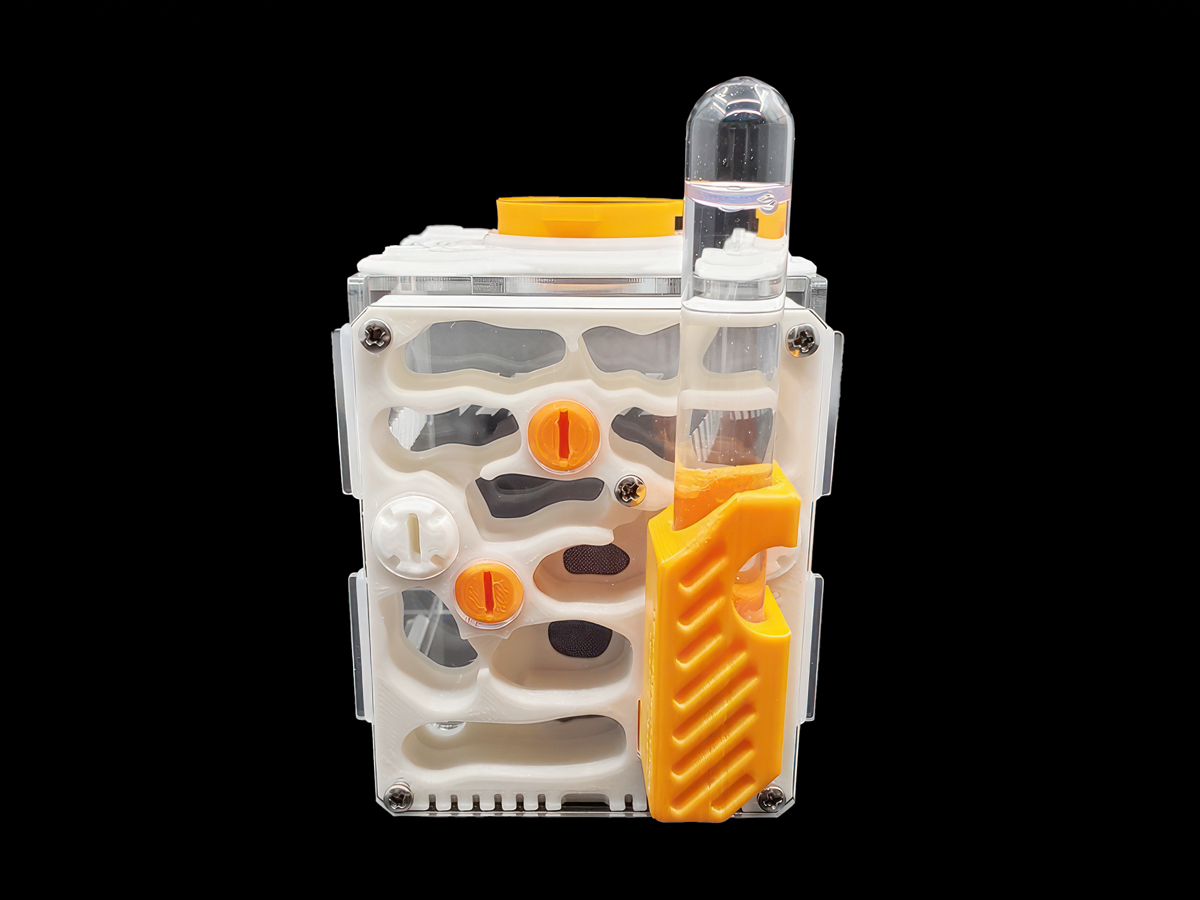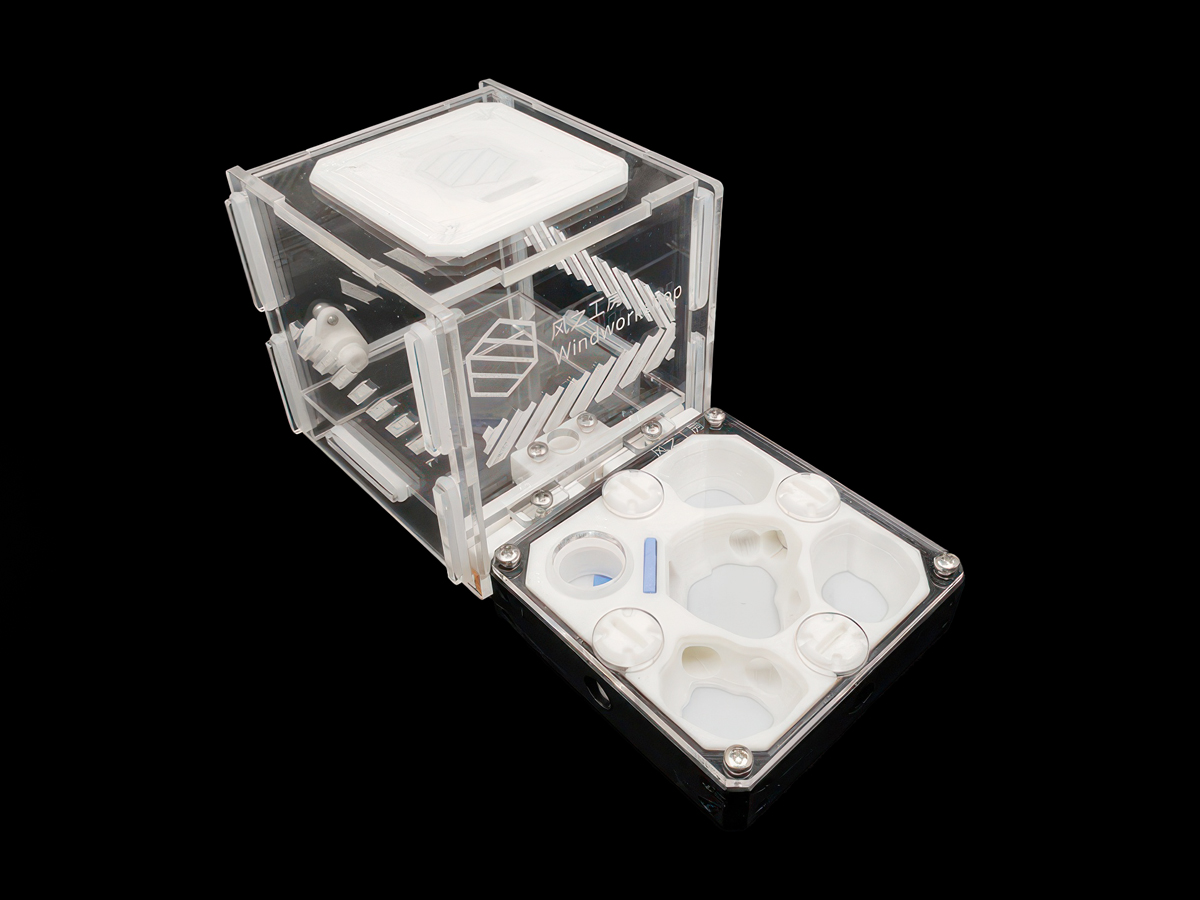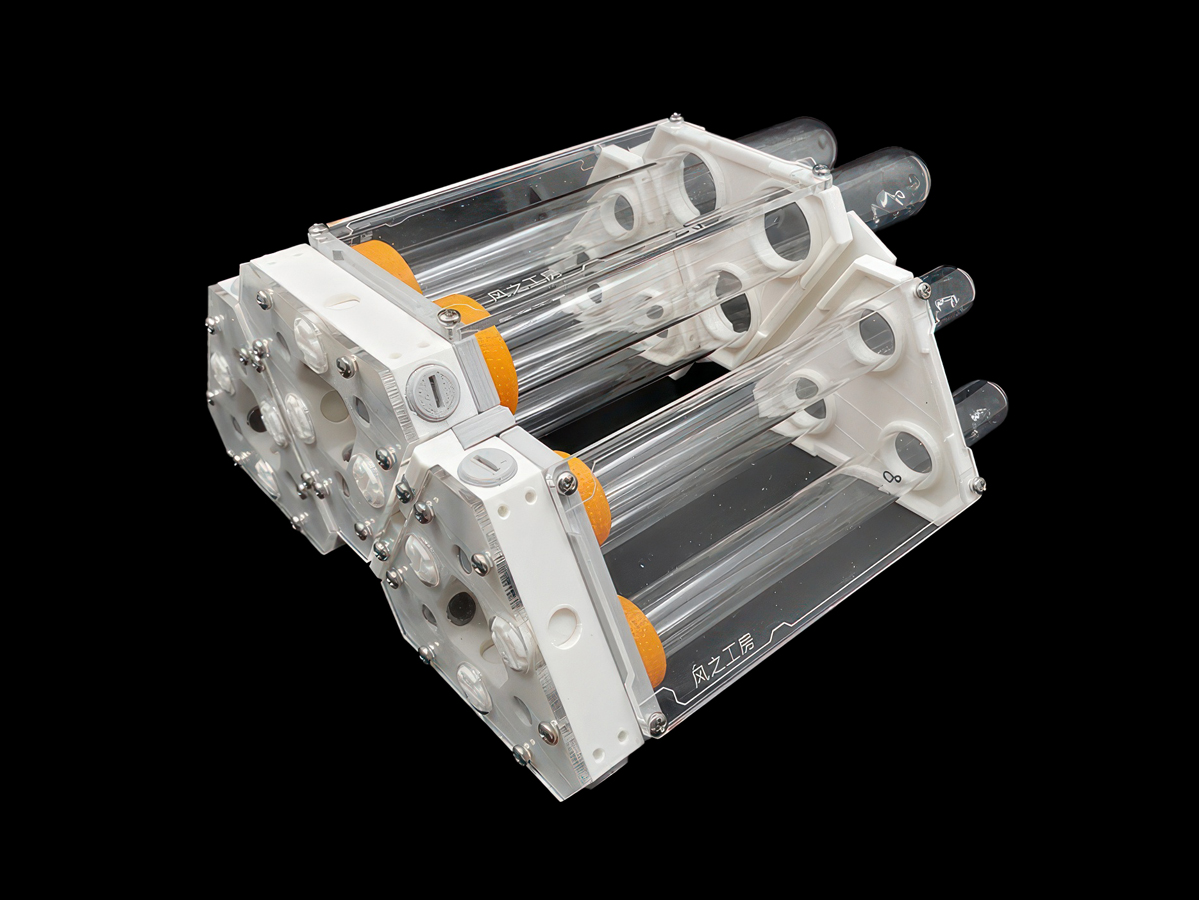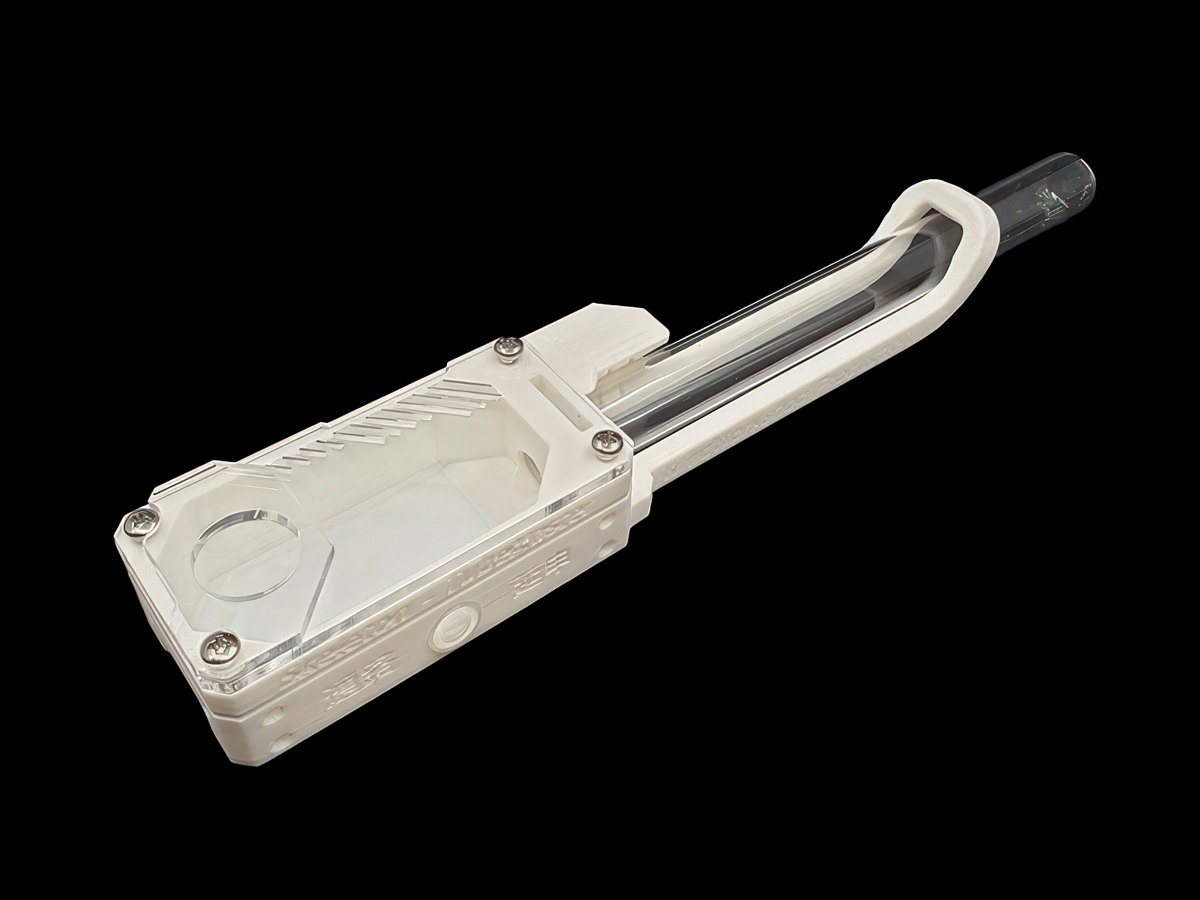If you’ve been peeking into the world of ant-keeping lately, you’ve probably noticed: 3D printed ant farms are everywhere. This isn’t just another fleeting trend powered by hobbyist hype – it’s a genuine technological upgrade to how we understand and build ant habitats. Think of it as going from Nokia bricks to smartphones – but for ants.
Let’s break down why 3D printing is making such a splash (without flooding your colony).
![]()
The Technology Behind 3D-Printed Ant Farms
Materials: PLA – Not Just Plastic, It’s Ant-Friendly
Most 3D-printed nests are made from PLA (Polylactic Acid) – a biodegradable plastic derived from corn starch or sugarcane. It’s non-toxic, scentless, and stable over time, meaning it won’t poison your ants or slowly gas them with mysterious fumes (looking at you, suspicious glues and cheap acrylics).
Compared to plaster nests, PLA:
- Doesn’t crumble
- Doesn’t over-humidify
- Doesn’t “alkaline burn” your colony (a real issue with aged plaster)
Plus, ants love climbing textured walls – and FDM-printed PLA provides those micro-ridges naturally.

Design Structures: Not Just Cute – They’re Smart
- Modularity: Most designs support stackable or extendable modules like LEGO blocks – especially popular are “test tube nests + foraging zones” with setups like 6-tube, 25mm chambers. You can build horizontal suburbs or vertical ant skyscrapers.
- Biomimicry: Advanced nests imitate real wild colonies with tiered chambers: nursery upstairs, storage below, cozy queen suite in the core. Now that’s ant feng shui.
- Humidity Control: Modern 3D nests use cotton reservoirs, capillary channels, or even the porous structure of PLA itself to create zone-specific humidity – egg zones stay moist, while foraging areas remain dry.
- Airflow Optimization: Early 3D nests failed because the ventilation was too strong (ants were spooked by their own breeze). Designers now fine-tune infill rates (20-50%) and use tight-fitting acrylic slide covers to strike that sweet spot between breathable and bunker.

Why It’s Taking Over the Ant-Keeping Scene
Customization Galore
3D printing allows total customization. Want wider chambers for your Camponotus Nicobarensis? Done. Need escape-proof micro-tunnels for Pheidole? Easy. Want to add a poop room? Sure. Your ants deserve real estate personalization.
Closer to Nature
Unlike glass or acrylic “ant prisons,” 3D printed nests can block light like soil and provide a natural-feeling gradient of humidity and warmth. Many keepers report faster acclimation and more natural behavior in 3D nests.
Affordable and Accessible
- Entry-level printers like the Bambu A1 mini go for under $140
- A roll of PLA costs $10-30
- A single nest can be printed for under $10
That’s right – less than the cost of a latte and biscotti combo, you can house your royal ant highness.

A Community That Prints Together, Stays Together
Platforms now allow users to share, sell, remix, and monetize designs. It’s a creative feedback loop where every keeper becomes a micro-architect. Sort of like SimAnt, but real.
But Hold Up – Some Caveats
- Species Matters: 3D-printed nests are best for medium to large species like Camponotus or Messor. Tiny ants like Pheidole may find hairline gaps and vanish into your walls.
- Humidity Needs Vary: Some ants (e.g., desert harvesters) prefer dry habitats – 3D nests shine here. But for jungle dwellers, pairing with plaster or adding a humidity insert is recommended.
- Escape Risk: You must seal seams with anti-escape measures – silicone gaskets, escape-proof mesh, or Fluon (aka ant Teflon). Because nothing’s more tragic than waking up to a 500-ant jailbreak.
- Maintenance: PLA’s pores may clog with hard water deposits. Monthly rinses and occasional vinegar baths will keep things flowing.

Traditional vs 3D-Printed Ant Farms – Quick Comparison
| Feature | 3D Printed | Traditional (Plaster/Acrylic) |
|---|---|---|
| Customization | ★★★★★ | ★★ ★☆☆ |
| Weight/Durability | Lightweight & resilient | Fragile (esp. plaster) |
| Modularity | Highly modular | Usually fixed shape |
| Humidity Control | Tunable | Over-humid (plaster) or dry (acrylic) |
| Escape Risk | Manageable with design | High if not sealed well |
| Cost per Nest | $1-30 (after setup) | $ 20-80+ |
| Visual Appeal | Creative & thematic | Mostly utilitarian |
Final Word: The Ant Farm Has Evolved
A well-designed ant nest is more than a box – it’s a miniature life-support system, a bio-architectural marvel shaped by evolution and replicated by… your home printer. Whether you’re nurturing a single queen or managing a kingdom of thousands, 3D printed ant farms offer control, creativity, and a touch of mad science.
And if you’re ready to bring your nest ideas to life – or need precise, professional-grade parts beyond what your home printer can handle – FacFox’s 3D printing service has your back.
With a range of materials from standard PLA to resin, SLS nylon, and even transparent acrylic, we support hobbyists, educators, and antfluencers alike. Our platform turns your ant nest dreams into durable, beautifully printed reality – whether it’s a biomimetic fortress or a spaceship-themed nest.
So go ahead – let your ants live in style. We’ll handle the printing.